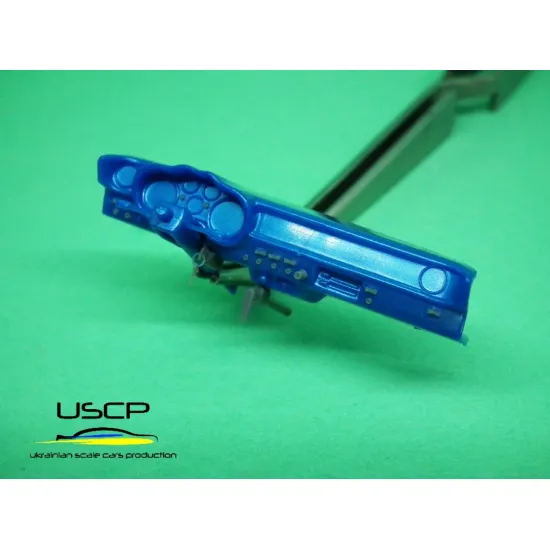An Enthusiast’s Guide to Crafting Realistic Plastic Models with Ease
An Enthusiast’s Guide to Crafting Realistic Plastic Models with Ease
Blog Article
Model systems have now been catching the imaginations of hobbyists for decades, developing from simple designs into intricate works of craftsmanship. Their achievement throughout record can be related to a variety of advancing systems, ethnic shifts, and a separate community of enthusiasts.
Early Beginnings of Model Kits
The origin of plastic model kits could be tracked back to early 20th century, largely in Europe and the United States. Originally, design systemswere handcrafted wooden reproductions, usually of vessels or planes, developed as education methods for designers or naval cadets. These packages required substantial skill to complete, as recommendations were little, and the areas were rough.

By the 1930s, the method turned more consumer-friendly as companies like Frog and Monogram began making balsa wood aircraft kits. These products catered to hobbyists and presented simple pre-cut styles, making them available to a broader audience.
The Plastic Revolution
The 1950s noted a substantial turning stage in the evolution of product kits. The introduction of injection-molded plastic changed the industry. Businesses like Revell and Airfix needed the cause, providing detailed product products presenting tanks, plane, and vehicles. This new material permitted for higher detail in manufacturing and provided simpler assembly for users.
Along with the post-war development of middle-class leisure time, model-building rapidly turned a well known pastime for children and adults alike. For example, 1967 found the release of the Saturn V rocket product throughout the Space Battle period, moving public fascination to place exploration-themed models.
Model Kits in Pop Culture
The latter 50% of the 20th century saw product sets entrenched in place culture. Movies and television shows became crucial individuals of fascination, with operations like Celebrity Wars and Celebrity Journey impressive a wave of sci-fi kits. China also performed a crucial position in this period, with the release of mecha-centric kits like Bandai's Gundam line in 1980.

Today's Enduring Demand
Despite improvements in engineering, including electronic simulations and video games, the product kit industry stays strong. Organizations now present highly step-by-step kits applying computer-aided design (CAD), 3D printing, and laser chopping, ensuring reliability and precision. Furthermore, the rise of on line communities, boards, and social networking has empowered contractors to generally share methods, show completed operates, and interact with like-minded hobbyists globally.
The enduring attraction of product products lies not just inside their elaborate models but in addition in the feeling of fulfillment they offer following hours of assembly. Today, they continue to bridge decades, mixing record, artwork, and design into a single rewarding hobby. Report this page